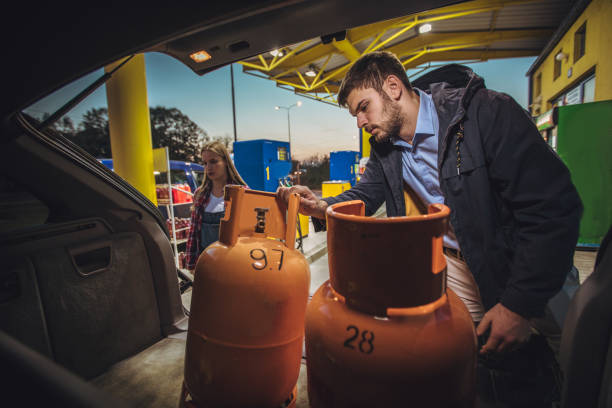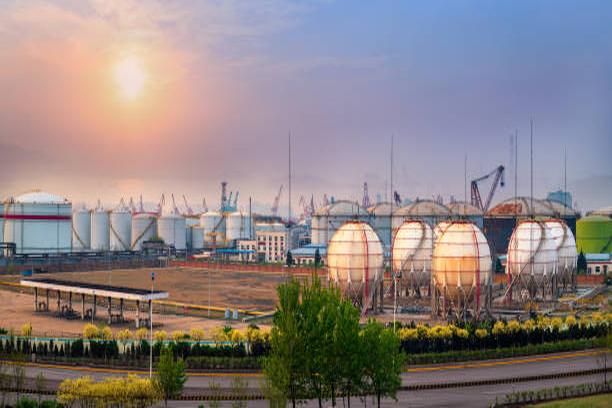DataHorizzon Research Report Reveals Strong Growth Trajectory for the Propane Market
Fort Collins, Colorado – DataHorizzon Research, a leading provider of market intelligence, has recently published an insightful report titled, “Propane Market Size, Growth, Share, Statistics Report, By Form (Liquid and Gas), By End-use (Industrial, Commercial, Residential, Transportation, Agriculture, Chemicals, and Refineries), By Region, and Segment Forecasts, 2023-2032.” According to DataHorizzon Research, the global propane market… Continue reading DataHorizzon Research Report Reveals Strong Growth Trajectory for the Propane Market



